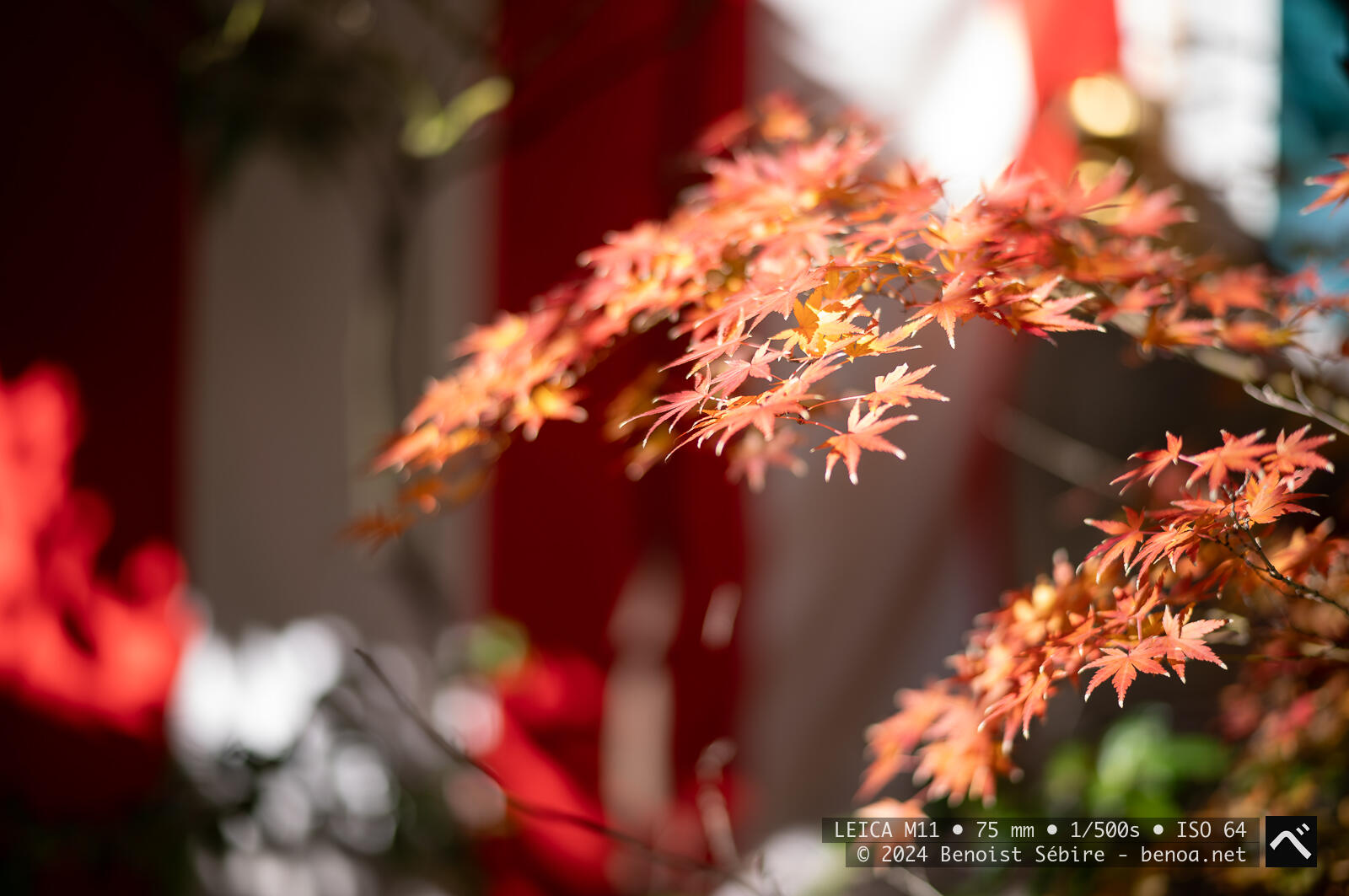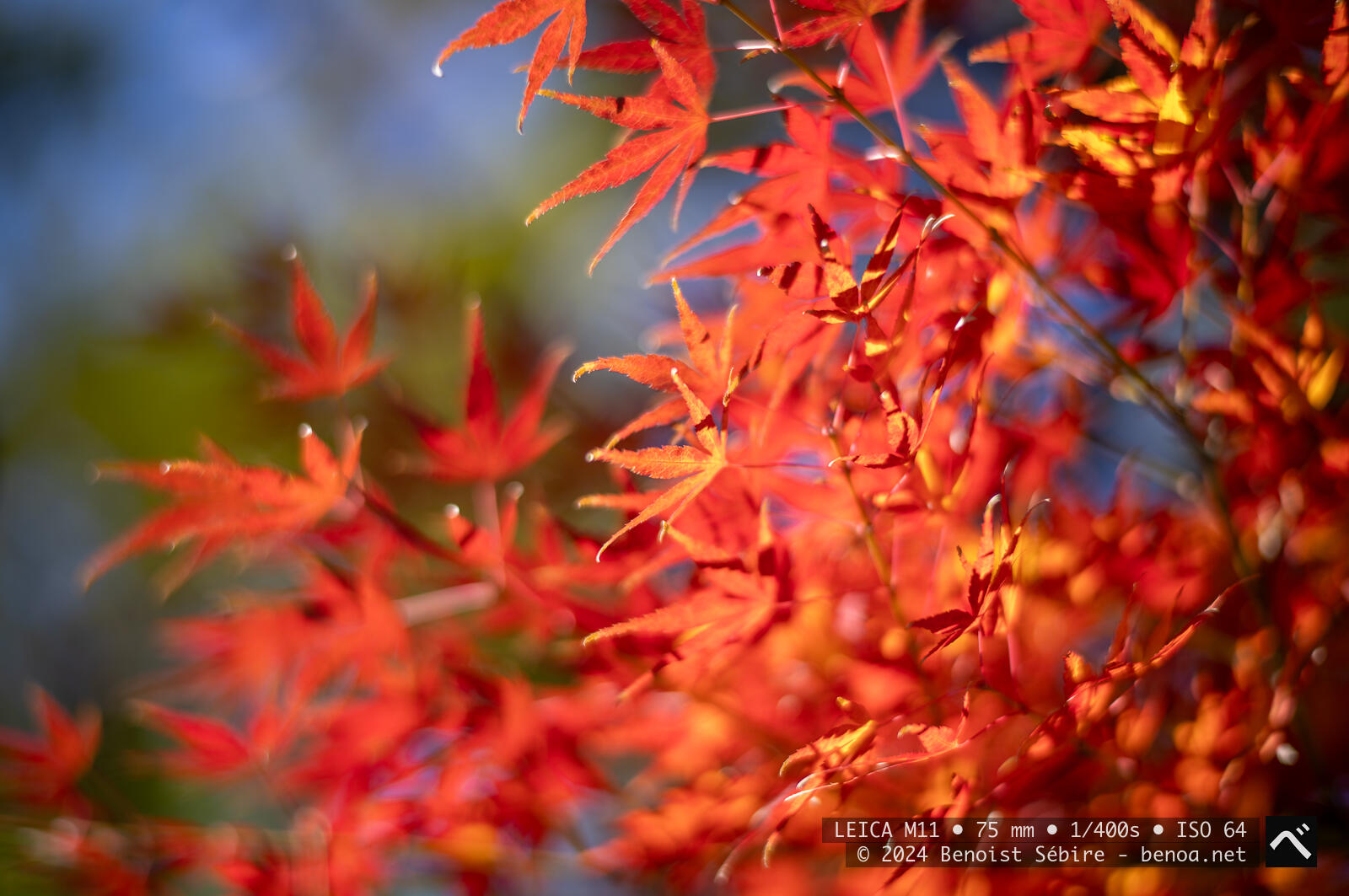Winter Momijis

Late momiji, or the delayed turning of autumn leaves in Japan, is increasingly being linked to the effects of global warming. Momiji, the vibrant red and orange leaves of Japanese maple trees, is a treasured seasonal phenomenon, drawing countless visitors to parks and temples each year. However, rising temperatures are altering the timing and intensity of this natural spectacle.

Typically, the autumn foliage season peaks in November in many parts of Japan, but warmer weather has caused the leaves to change color later than usual. These photos were taken on December 29th in Tokyo! In some regions, the vibrant hues are less intense, with leaves turning brown or falling prematurely. Prolonged warm spells in autumn interfere with the cooling cycle required to produce the vivid reds and oranges, reducing the spectacle that has been central to Japanese culture and tourism for centuries.

The impact of late momiji extends beyond aesthetics. For local economies that rely on the influx of tourists during the fall season, the unpredictable timing makes it harder to plan events and promotions. Additionally, the shifting seasonal patterns highlight the broader challenges posed by climate change, as ecosystems that rely on stable weather patterns are increasingly disrupted. The delayed momiji serves as a visible reminder of the subtle but profound ways global warming is reshaping even the most cherished natural events.